In 2024, web design trends favor refined minimalism with crisp geometry, ample white space, and subtle color palettes, prioritizing simplicity for elegance and user-friendliness. Micro interactions, subtle animations enhancing user experience, lead the way, improving engagement and accessibility. Personalization at scale, driven by machine learning, creates dynamic, tailored experiences for each user. Flexible, organic layouts replace traditional grid systems, fostering creativity and immersive, visually compelling designs that adapt across devices. Playful font choices and creative typography elevate visual appeal and brand identity. Color psychology steers user journeys and boosts conversions, while Dark Mode continues its popularity due to accessibility concerns and younger audiences' preferences. Interactive elements like animated graphics and intuitive navigation enhance user engagement and retention. Sustainability is a key trend, with eco-friendly practices like responsive design, efficient code, and green hosting services reducing digital footprints.
Get ready to explore the captivating world of web design as we unveil the hottest trends shaping the digital landscape in 2024. From minimalist aesthetics that celebrate simplicity to micro interactions that bring sites to life, this year promises a blend of creativity and user-centric design. Discover how personalized experiences, unconventional layouts, evolving typography, and color psychology are transforming screens worldwide. Embrace the latest web design trends and stay ahead in the ever-evolving digital realm.
Minimalism Reimagined: Clean Lines and Simple Elegance
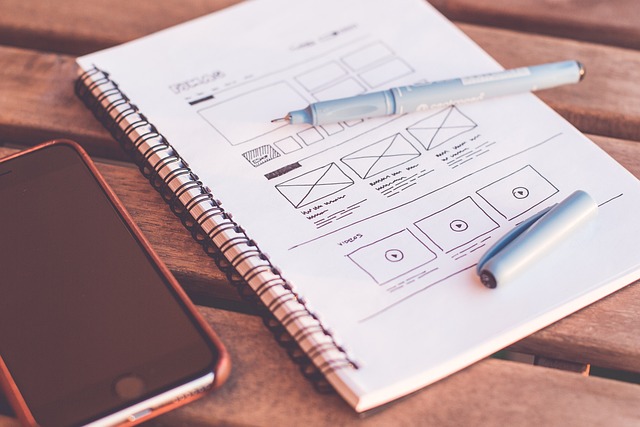
In 2024, minimalism is taking on a new dimension in web design. Gone are the days when clean lines and simple layouts were seen as austere; instead, they’re celebrated for their elegance and user-friendliness. The latest web design trends embrace a refined approach, focusing on crisp geometry, ample white space, and a color palette that emphasizes subtlety. This rebirth of minimalism creates a sense of calm and clarity for users, allowing content to take center stage without visual clutter.
This reinterpretation of minimalism is not about deprivation but rather an intentional design choice to highlight the beauty in simplicity. Web designers are leveraging this trend to craft user interfaces that load quickly, feel intuitive, and foster engaging user experiences. By stripping down designs to their essential elements, developers can ensure that websites remain accessible, visually appealing, and optimized for various devices and screen sizes.
The Rise of Micro Interactions: Adding Subtle Animation

In 2024, one of the most prominent web design trends is the rise of micro interactions, characterized by subtle animations that significantly enhance user experience. These tiny, context-specific animations add a layer of richness and interactivity to websites, making them more engaging and intuitive. By integrating micro interactions into key user journeys, designers can provide visual cues, acknowledge user actions, or offer feedback in a subtle yet impactful manner.
This approach aligns with the latest web design trends that prioritize minimalism and accessibility without compromising on aesthetics. Micro interactions not only make interfaces more appealing but also facilitate better communication between users and websites, fostering a sense of delight and satisfaction throughout the digital experience.
Personalization at Scale: Tailoring User Experiences
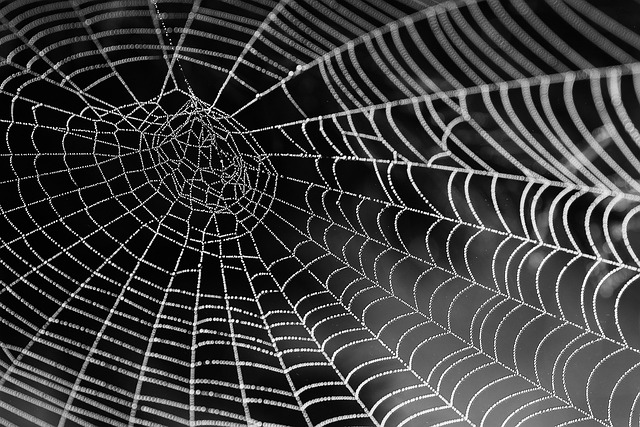
In 2024, personalization at scale is set to be one of the most influential web design trends. As businesses strive to deliver tailored user experiences, advanced technologies are enabling them to create dynamic and personalized websites that adapt to individual preferences and behaviors in real time. This means users will encounter content, layouts, and product recommendations that are uniquely designed for them, enhancing engagement and satisfaction.
By leveraging machine learning algorithms and data analytics, web designers can offer highly customized interfaces without compromising performance or accessibility. This trend marks a significant shift from one-size-fits-all design approaches, ensuring that websites become more interactive and relevant to each visitor. As the latest web design trends evolve, personalization at scale promises to revolutionize user interactions, making online experiences more intuitive, enjoyable, and ultimately successful for both businesses and their customers.
Unconventional Layouts: Breaking Free from Grid Systems
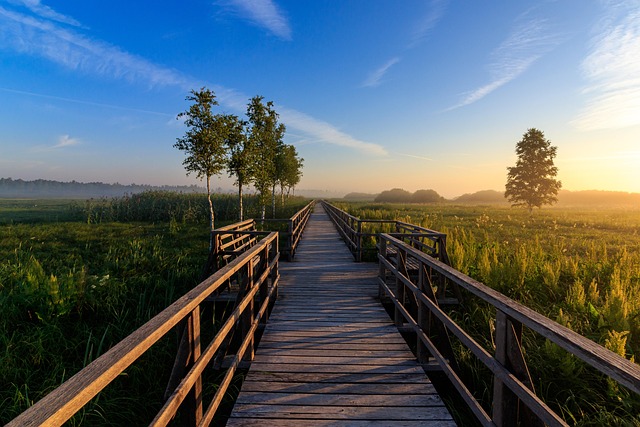
In the realm of web design, 2024 is pushing boundaries with unconventional layouts that go beyond traditional grid systems. The latest web design trends showcase a growing desire to break free from rigid structures, prioritizing flexibility and unique visual storytelling. Designers are experimenting with organic, fluid designs that adapt to different screen sizes, offering an immersive experience for users.
This shift is evident in the use of asymmetrical compositions, where elements are arranged haphazardly yet intentionally, creating an intriguing visual impact. Non-linear navigation and dynamic layouts further enhance user engagement by encouraging exploration and interaction. As we move forward with web design trends, expect to see more sites embracing these unconventional approaches, fostering a sense of creativity and differentiation in the digital landscape.
Typography Evolution: Playful Font Choices and Creative Combinations

In 2024, typography continues to evolve with a focus on playful font choices and creative combinations. As one of the latest web design trends, designers are moving away from rigid and traditional typefaces, embracing more expressive and unique options. This shift is evident in the growing popularity of hand-drawn fonts, bold sans-serifs, and experimental geometric designs. These choices not only add personality to websites but also enhance user engagement by creating visually appealing layouts that capture attention and keep visitors exploring.
Creative typography design goes beyond mere aesthetics; it serves as a powerful tool for storytelling. By integrating playful fonts strategically, web designers can convey brand identity, set the tone for content, and guide user navigation. As the latest web design trends dictate, combining contrasting typefaces or playing with sizes and weights within headings and body text can significantly elevate the overall visual experience, making websites more dynamic and memorable in a crowded digital landscape.
Color Psychology in Design: Using Shades to Evoke Emotions
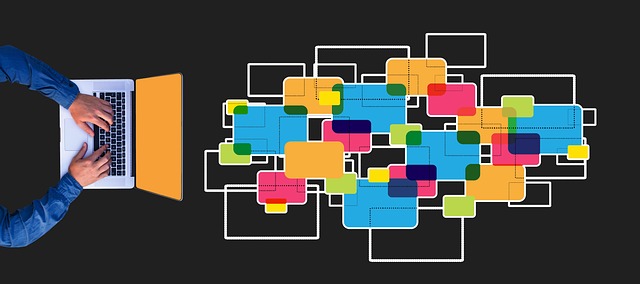
In the realm of web design, color psychology plays a pivotal role in shaping user experiences and engagement. As we delve into the latest web design trends for 2024, understanding how shades and hues evoke emotions is essential. Warm tones like reds and oranges can instil a sense of energy and urgency, making them ideal for calls-to-action or sales pages. On the other hand, cooler colors such as blues and greens convey calmness and trustworthiness, often used in healthcare or financial websites to build a sense of security.
By leveraging color psychology, designers can guide users’ journeys, influencing their perceptions and interactions with a website. The latest web design trends emphasize a balanced approach, where specific colors are strategically chosen to enhance branding, improve user experience, and drive conversions. This subtle yet powerful tool in the designer’s arsenal helps create visually appealing and emotionally resonant digital experiences.
Dark Mode Dominance: Adapting to User Preferences
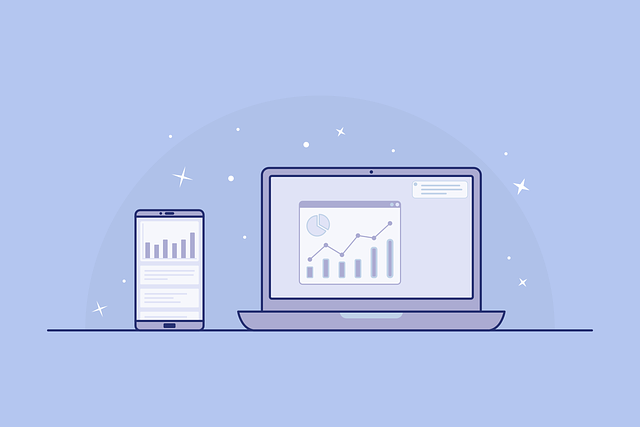
In 2024, one trend poised to make a significant impact is the continued dominance of Dark Mode in web design. This shift is largely driven by user preferences and accessibility concerns. Increasingly, users are opting for darker interfaces, not just at night, but throughout the day. This preference is especially pronounced among younger audiences who find dark mode more comfortable and less straining on their eyes. As such, designers are incorporating this aesthetic into their latest web design trends, recognizing its popularity and practicality.
Web designers are leveraging Dark Mode not just as a visual choice but also as an accessibility tool. The high contrast between light text and dark backgrounds enhances readability for users with visual impairments or those in environments with limited lighting. This adaptability to user preferences and needs underscores the evolution of web design, ensuring digital experiences are both aesthetically pleasing and inclusive.
Interactive Elements as Focus: Engaging Users with Creativity

In 2024, one prominent trend in web design is the increased integration of interactive elements aimed at enhancing user engagement and creativity. Websites are moving beyond static content to incorporate dynamic features that encourage active participation from visitors. This shift is driven by a desire to create more immersive and personalized online experiences. Interactive elements such as animated graphics, hover effects, and intuitive navigation menus not only capture users’ attention but also facilitate easier interaction with the website.
By prioritizing interactivity, the latest web design trends focus on fostering creativity and user involvement. Developers are leveraging advanced technologies like WebGL and JavaScript to develop responsive and captivating interfaces that adapt seamlessly to different devices and screen sizes. These innovative designs go beyond traditional layouts, inviting users to explore, interact, and engage with content in new and exciting ways. Such interactive elements not only make websites more enjoyable but also significantly improve user retention and conversion rates.
Sustainable Web Design: Eco-Friendly Practices Gain Momentum
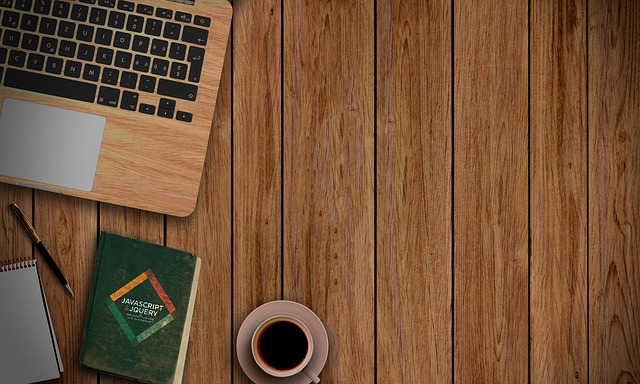
In 2024, sustainable web design is set to become a prominent feature in the latest web design trends, reflecting a growing global consciousness about environmental issues. Eco-friendly practices are gaining momentum as businesses and designers alike seek to reduce their digital footprint. This shift includes adopting materials and technologies that minimize energy consumption and waste generation. For instance, leveraging responsive design techniques allows for the creation of websites that adapt efficiently across various devices and screen sizes, thereby reducing resource usage. Additionally, incorporating recycled or biodegradable materials in website elements, such as themes and icons, is becoming more common.
Designers are also exploring ways to optimize site performance through code optimization, efficient image compression, and lazy loading techniques, all of which contribute to lower carbon emissions from data centers. Furthermore, the integration of renewable energy sources for powering websites and the adoption of green hosting services further illustrate this trend towards sustainable web design. As consumers become more eco-conscious, these latest web design trends will not only appeal to their values but also enhance user experiences by delivering faster, more efficient, and environmentally friendly online platforms.
